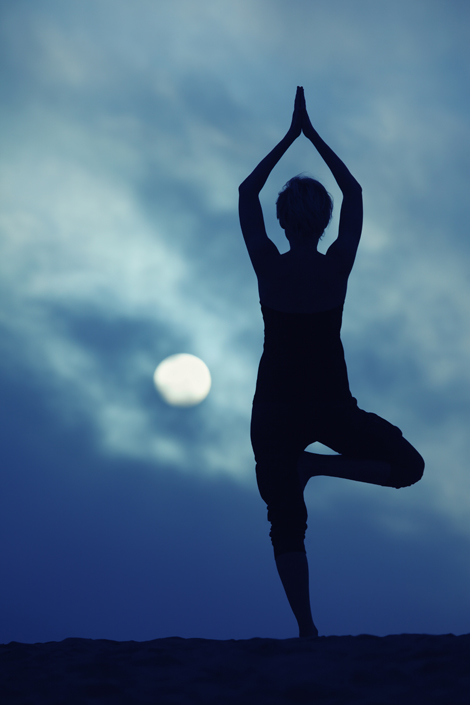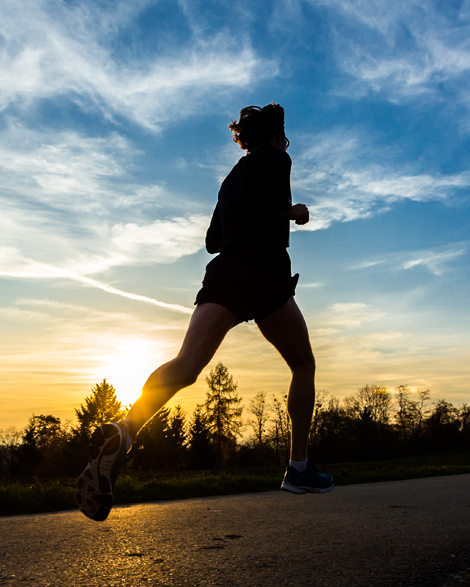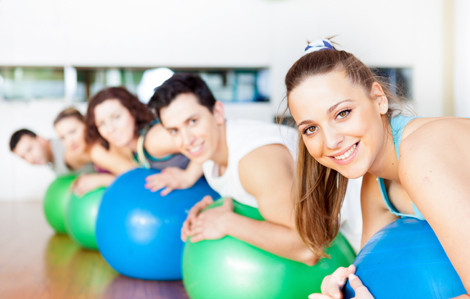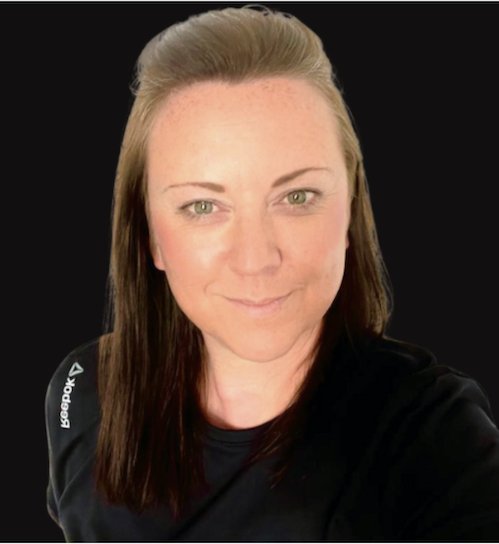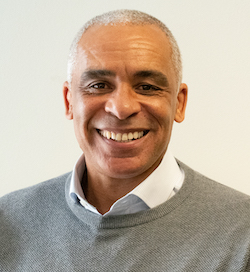Is there a correct time to exercise – a time at which we can reap more benefits from our activity than if we exercise at another time of day? And if so, is that correct time universal or specific to the individual?
Two US newspapers published interesting articles on this topic towards the end of last year. The Wall Street Journal looked at the positive impact of organising all daily schedules around the body’s natural rhythms, noting everything from improved mental alertness to enhanced creative thinking if we synch the relevant activities with our body clocks – our circadian rhythms. A recent study by Yale University in the US, published in the journal Immunity, even indicates a direct link between circadian rhythms and the immune system.
The problem is that these rhythms can be easily disrupted, whether as a result of our daily schedules being dictated more by school timetables and work deadlines than by our natural body clocks, or the prevalence of artificial light in today’s society which throws our inner clocks out of synch.
Broken body clocks
The Wall Street Journal article quoted Dr Steve Kay, a professor of molecular and computational biology at the University of Southern California in the US. Kay observed that a disruption of circadian rhythms has been linked to problems such as diabetes, depression, dementia and obesity, adding that when the body’s master clock can synchronise the functioning of all its metabolic, CV and behavioural rhythms in response to light and other natural stimuli, it gives people “an edge in daily life”.
The article also looked specifically at how to select the ‘correct’ time of day to exercise, quoting a number of sports science experts. Michael Smolensky, an adjunct professor of biomedical engineering at the University of Texas, pointed to 3.00pm–6.00pm as the best time for physical performance, as well as the lowest risk of injury. Muscle strength was said to peak between 2.00pm and 6.00pm, at levels as much as 6 per cent above the day’s lows, while joints and muscles were reported to be 20 per cent more flexible in the evening. Meanwhile a study of 4,756 patients led by Boris Medarov, an assistant professor of medicine at Albany Medical College in New York, suggested that the lungs function 17.6 per cent more efficiently at 5.00pm than at midday.
The New York Times, meanwhile, asked whether exercise can influence the body’s internal clock. Our bodies and therefore our health are ruled by rhythms, explained the article, quoting Christopher Colwell, a professor of psychiatry at the University of California: “The heart, the liver, the brain – all are controlled by an endogenous circadian rhythm.” As with Kay, Colwell noted the potential for serious health consequences resulting from a disruption in circadian rhythm, from obesity to certain types of cancer. He and his team therefore set out to investigate whether it was possible to ‘fix’ a broken clock, specifically looking at exercise as a possible solution.
The studies – published in the Journal of Physiology in December 2012 – were conducted on mice. However, the findings suggest exercise does affect circadian rhythms, and that the effect may be most beneficial if physical activity is undertaken in the afternoon. This was, says Colwell, a surprise; he and his colleagues had expected morning exercise to be most productive.
However, Colwell acknowledged that the implications for humans aren’t yet clear, and that it’s impossible to say at this point whether we should favour afternoon exercise over a morning workout. All he could say with certainty was that exercise is a good idea to avoid health problems linked to a disrupted circadian rhythm; further research might show afternoon workouts to lead to better results, but any exercise was likely to be better than none.
Health Club Management decided to investigate further, asking an expert panel for their thoughts on the question: is there a correct time to exercise?








